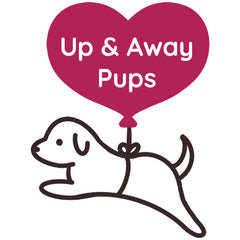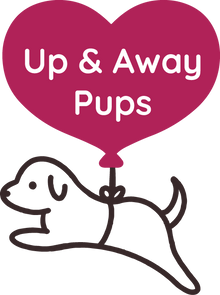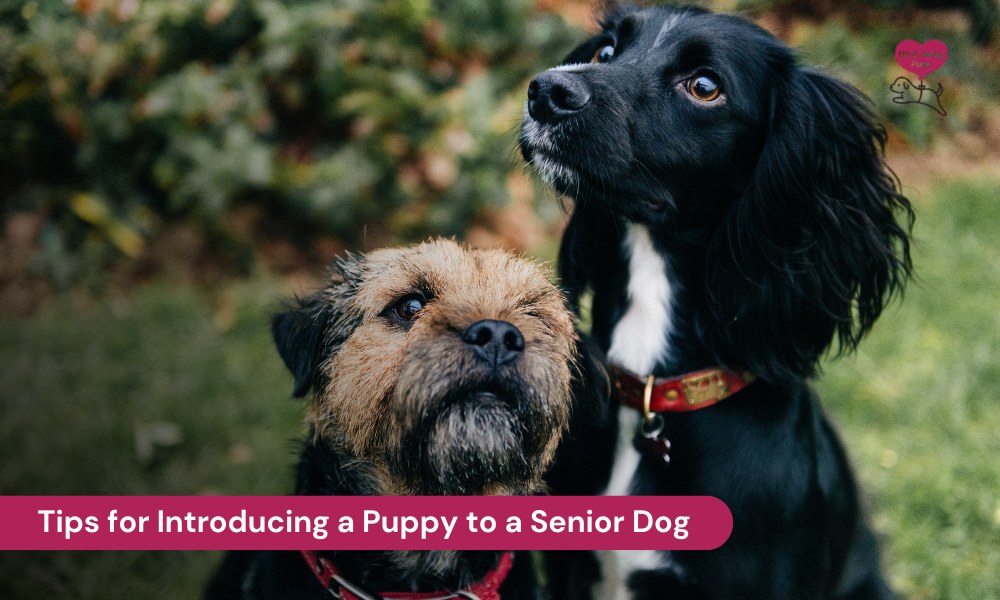Tips for Introducing a Puppy to a Senior Dog
Introducing a puppy to a senior dog requires patience and planning. Start with neutral ground meetings, assess both dogs' personalities, and maintain routines to prevent jealousy. Supervise interactions, ensure each has personal space, and avoid punishments for natural behavior. Gradual introductions and respect for boundaries help foster a positive bond, leading to coexistence or friendship.
They say older dogs don’t learn new tricks, but we beg to disagree. Not only senior dogs can learn new tricks, but they’re also still a puppy on the inside. Their curiosity and energy levels may seem low, but they’re present. Many times, nothing makes a senior dog happier than a puppy—similar to us humans, puppies brighten everyone’s day. However, unlike us, introducing them can sometimes be a bit of a procedure. That is why we’re creating this how-to guide, teaching our readers the safest way to bring a puppy home to a senior dog.
Precaution is Better Than Cure
The process of introducing a puppy to a senior dog can go either extremely smoothly or be complex; it is a coin flip. Senior dogs are set in their ways, a lot like senior humans. A little grumpy, a little territorial, and often not as social as they were during puppyhood. This isn’t true for all dogs, of course, needless to say.
Even if your dog is a sweetheart, it’s best to keep some safety measures in place. Below, we’ll state some precautions to take:
Consider Your Senior Dog’s Nature
If your dog is naturally calm, this process shouldn’t be too complicated. However, if your dog is on the aggressive side of the spectrum or rather territorial, you have to be extra cautious during the introduction phase. Breeds matter here. If you have a smaller dog, like the Teacup Shih Tzu or a Miniature Dachshund, and the puppy is of a large breed, you’d probably need to protect your small dogs from the hyper-energetic new puppy. In cases where the senior dog is a large breed, they know how to use their weight to their advantage, so it’s best to keep an active eye on the smaller pup.
Medical Check-Ups
It is best to get both dogs checked by a vet before introducing them to each other to minimize any potential transfer of diseases or ticks. Ensure both of them have the core vaccines before they interact with each other. Core vaccines include Distemper, Adenovirus, Parvovirus, and Rabies for puppies four months and older.

Tending To Their Needs
Older dogs are used to their daily life, they have an established routine, and a new puppy is, at least initially, a mere disruption. You don’t want to make your older dogs, your buddy for a long time, feel jealous or anxious. Remember to give attention first to your senior dog, this includes petting and feeding them, as well as putting a leash on them for the safety of everybody involved.
Moment of Meeting
In order to avoid triggering the senior dog’s guard response, it is best to have both dogs meet on neutral ground. If you’ve got yourself a Cavalier King Charles Spaniel, they’re probably used to this, seeing their royal heritage. Jokes aside, this guideline must not be taken lightly. Find a spot that’s both new for the puppy and your senior dog, ideally somewhere open and with fewer distractions. Keep both dogs on a leash to ensure you’ve got some leverage in case the senior dog shows signs of wanting their space or vice versa. While, in our experience, senior dogs are never happy with puppies—at most, they bark or nip at them to show them away—it’s best not to take any chances.
Once the dogs seem comfortable enough with each other’s presence, it is time to bring them home.
Don’t Take Your Eye Off Them!
Senior dogs can’t tell you they find this little pup annoying, but they’ll do so with their body language. As the parent and pack leader here, you have to supervise them, at least during the initial phase of bringing them home. You see, adult dogs have a language they learn to communicate with other dogs. The language helps them establish playtime or exit time. Puppies are yet to develop a vocabulary and boundaries, for that matter. They’ll walk on heads and bite on tails, with no fear. With your supervision, in case the puppy becomes a nuisance for your senior dog, you can intervene before the adult dog has a chance to snap at the little one. Remember, while that may seem cruel on the face of it, it really isn’t. Imagine a stranger suddenly showing up at your house and starting to create a ruckus, displaying no real communication skills or manners; annoyance supersedes species.
Respecting Alone Time
There is an expectation we have that when our senior dog meets a puppy, they’ll immediately become besties, and harmonious music will start playing. Alas, expectations get crushed beneath the weight of reality; but that’s completely understandable. However, that isn’t a bad thing; we all appreciate some alone time. To give your dogs a real chance of developing a friendship, keep them apart for a set duration of time. Senior dogs, the ones that are crate-trained, can often sit back and relax there to get away from the constant bombardment of energy that is our puppy. If your senior dog isn’t crate trained, ensure they have someplace where they can retreat.
An Escape Route
Both the puppy and your senior dog should have a well-established escape route via which they can exit a situation they do not wish to be involved in. Forcing the dogs together isn’t doing anybody good, it will merely create tension and anxiety. If your senior dog is crate trained, the crate becomes their get-away destination when the puppy starts getting on their nerves.
No Punishments
We love our furry kids and friends, but it is imperative that we do not forget that their communication language is far different from ours. What we might perceive to be an act of violence or aggression might merely be “hey, give me my space.” This intricate language is developed by all dogs as they age, so naturally, puppies have absolutely no sense of it. Your senior dog may be dropping subtle signs that they want their space, but the puppy completely ignores them and starts to bite their tail (that happens), and in turn, the senior dog is forced to growl at the puppy to get their point across more firmly. In this situation, you might be tempted to correct your senior dog's behavior, but there is nothing to correct; growls are just a form of communication. If you’re concerned about safety, it’s best to supervise and make use of crates.

No Leaving Them Alone
If your lifestyle requires you to leave your dogs alone, which is the case for the majority of the population, you shouldn’t leave them alone together at least not in the beginning. Once the dogs get comfortable with each other’s presence and become buddies, let them have their time. However, during the initial phases of introduction, leaving them alone should be avoided at all costs. Separate the pets into different rooms or make use of crates or gates to keep them apart during the time they aren’t under active supervision.
Conclusion
There is light at the end of the tunnel. After, give or take, a month, the dogs will start to bond and become buddies if their socializing and introduction were done right. If you’ve done everything well, you’ve got your senior dog a new friend they can hang out with—or at the very least, tolerate. Keep in mind that dogs have personalities too, so it is possible your senior dog might never form the bond you were hoping for with the puppy, and that is completely okay. Coexistence is our goal here.
FAQs
What Signs Should I Look for to Know If the Introduction Is Going Well?
Positive signs include relaxed body language, wagging tails, and mutual sniffing without growling or snapping. If either dog shows signs of stress, such as raised fur, growling, or showing teeth, it's best to separate them and try again later.
How Can I Prepare My Home for the New Puppy?
Create separate spaces for each dog to retreat to when needed. Ensure each has its own food and water bowls, beds, and toys to prevent resource guarding. Gradually introduce the puppy's scent to your senior dog by allowing them to sniff the puppy's belongings before the actual meeting.
How Can I Help My Senior Dog Adjust to the New Puppy?
Maintain your senior dog's routine to provide a sense of stability. Offer individual attention and affection to prevent feelings of neglect. Monitor their interactions and provide positive reinforcement for calm behavior.
What If My Senior Dog Doesn't Seem to Like the Puppy?
It's normal for senior dogs to feel threatened by a new puppy. If your senior dog shows signs of aggression or stress, consult a professional dog trainer or behaviorist for guidance. They can provide personalized strategies to improve the relationship between your dogs
How Can I Ensure Both Dogs Receive Adequate Attention?
Schedule individual playtime and training sessions with each dog. This helps prevent jealousy and ensures both dogs feel valued. Incorporate activities that both dogs can enjoy together, such as joint walks or play sessions, to strengthen their bond.


